No. 68 (592) August 2025
Expedition by SIC ICWC: Exploring Amu Darya Ecosystems — from Bukhara to Mezhdurechye
From 27 to 29 July 2025, the SIC ICWC conducted a scientific expedition to key natural and water management sites in the middle and lower reaches of the Amu Darya River. The expedition focused on the Bukhara province and the Republic of Karakalpakstan— the regions where the linkage between the status of water resources and the ecosystem sustainability is particularly evident.
The expedition was organized as part of the GIZ project “Studies on priority issues in the field of water, energy and environment in the Amu Darya and Syr Darya basins” and contributed to the regional program “Climate-sensitive water resources management in Central Asia” (Green Central Asia initiative).
What was the focus?
The aim of the expedition was to assess the current state of water-dependent ecosystems, including delta, tugai, and lake landscapes, and to identify opportunities for their sustainable water supply. Particular attention was paid to practical coordination between water management (in particular, the Amu-Bukhara Main Canal — ABMC) and protected natural territories, such as the Jayran Nursery and the Lower Amu Darya Biosphere Reserve.
Key points along the route:
Amu-Bukhara Main Canal (ABMC): A source of life for Bukhara and its ecosystems. ABMC is a strategic facility that supplies water not only to cities and agricultural land, but also to nature reserves. During the expedition, the participants visited the ABMC headquarters and the Kuyimazar pumping station and observed the canal cleaning efforts. The team also visited the Kuyimazar and Tudakul reservoirs included in the Ramsar List, which support the drinking water supply and biodiversity, including rare bird species
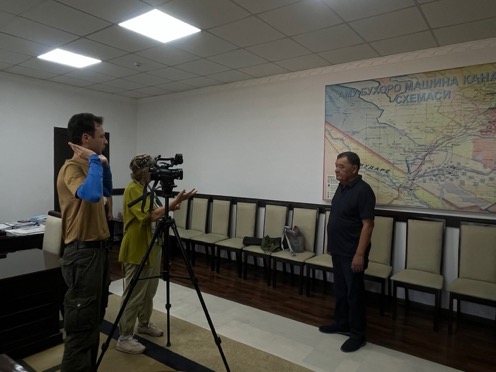
Head of the ABMC Authority, R.M. Ostanov explains pump modernization efforts
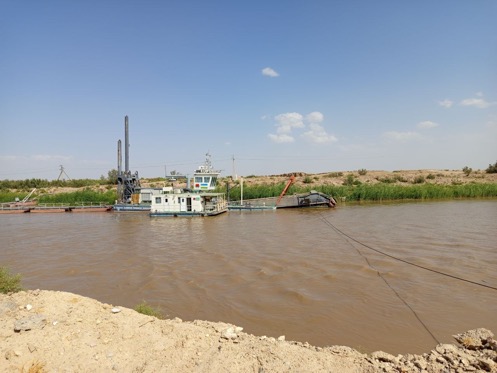
Dredging machine (Zemsnaryad) at the ABMC bed
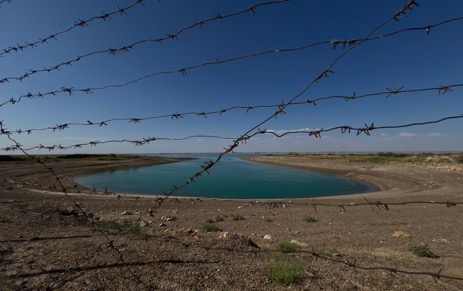
Access to the Kuyimazar Reservoir, a source of drinking water, is strictly guarded.
The Jayran Nursery. Lakes of the nursery's ecosystem depend on a water diversion canal from ABMC. Due to low water levels, one of the four lakes — critical sources for protected species such as jayran, marhur, and other animals—has almost completely dried up. One of the expedition’s main conclusions is to prioritize the nursery’s water supply within regional water allocation limits.
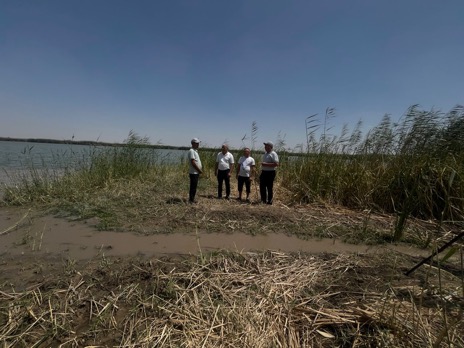
Deputy Director of the Jayran nursery discusses the center’s reliance on ABMC water.
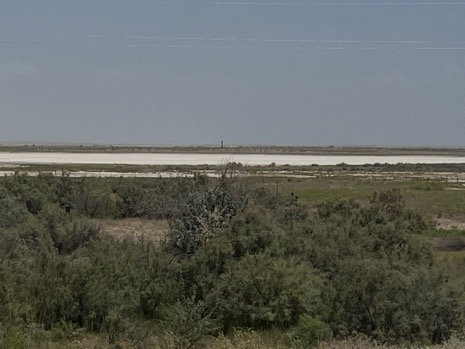
The Badai-Tugay Nature Reserve: Tugay forests under threat. Thanks to the construction of a new canal and pumps, water from the Amu Darya River feeds the floodplain forests of the reserve. To ensure sustainable water supply for the reserve, it is necessary to include in its budget the costs of electricity for the operation of pumping equipment, as well as to consider the possibility of drilling additional artesian wells to create local ponds around the perimeter of the protected area. The possibility of relocating Bukhara deer to less crowded areas was also discussed. Due to water shortages and overpopulation, the food supply and vegetation for Bukhara deer are deteriorating.
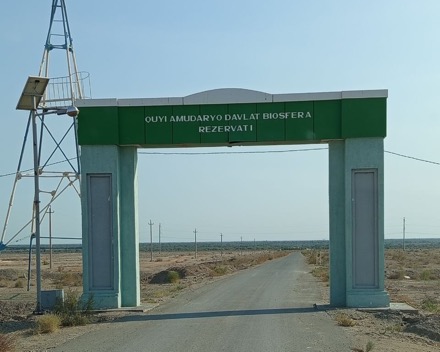
Entrance to the Lower Amu Darya biosphere reserve, Badai-Tugay nature reserve
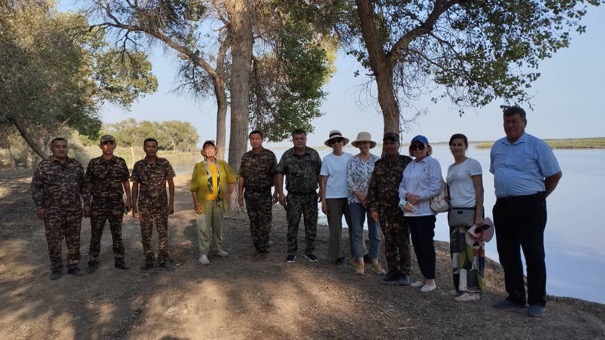
With the management and staff of the reserve on the banks of the Amu Darya River
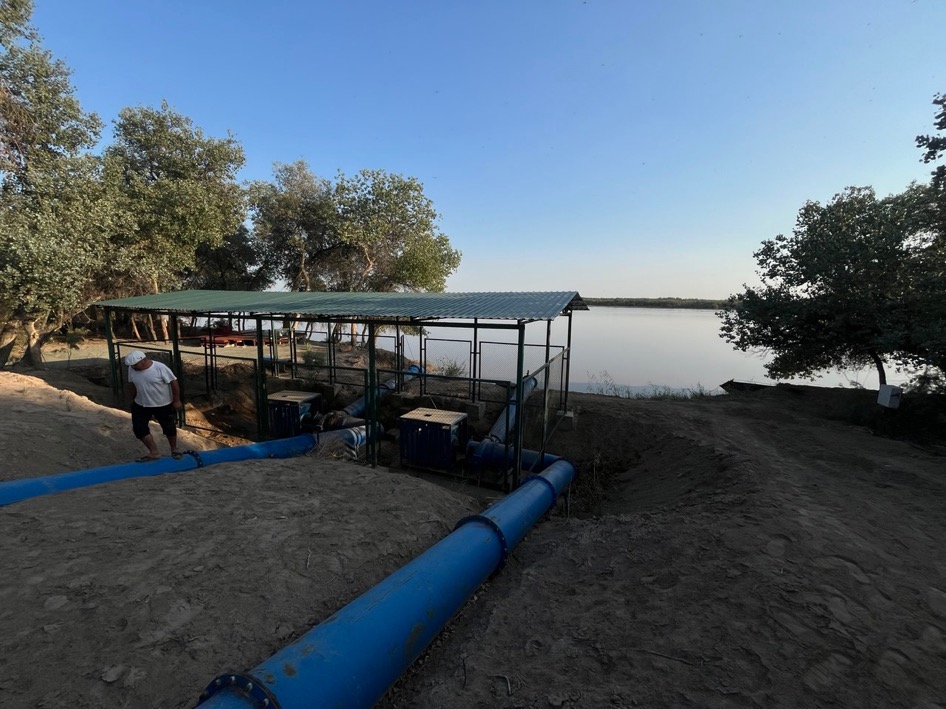
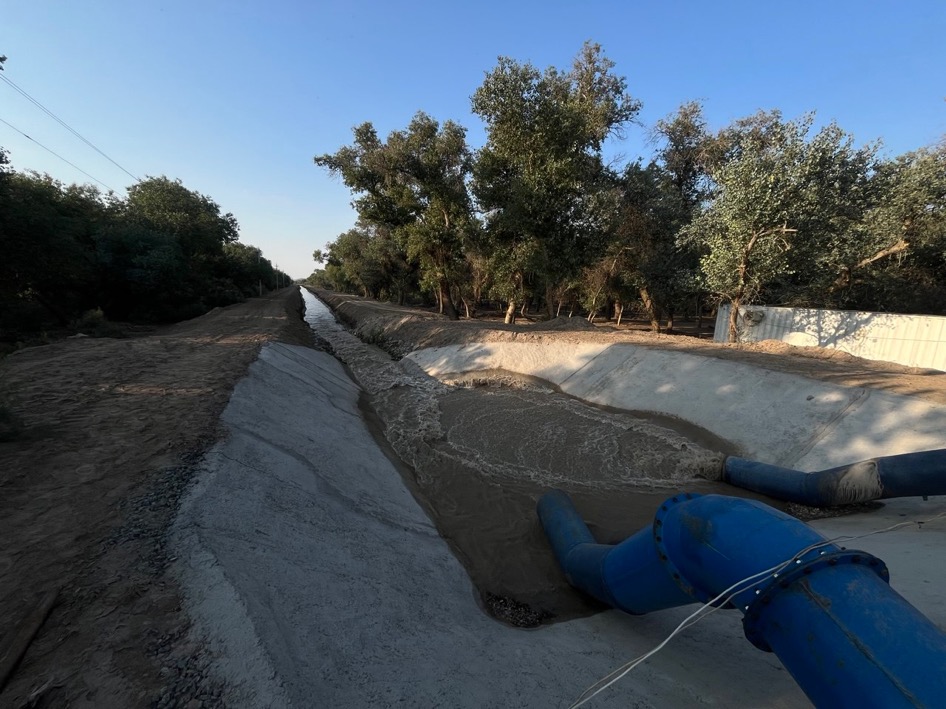
New canal and pumps to replenish the reserve's ecosystems
Critical point: The Amu Darya delta. The expedition concluded on the shores of the Mezhdurechye Reservoir, which directly supplies water to Muynak and its surrounding areas. The water level in the reservoir is significantly below its design capacity, once again underscoring the importance of prioritizing water delivery to this body during low-water years.
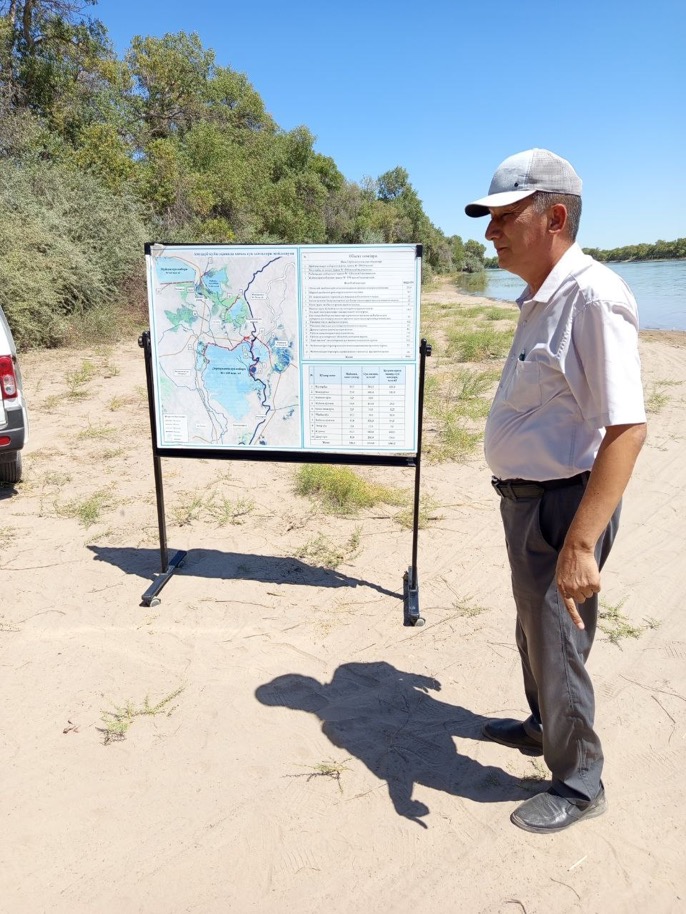
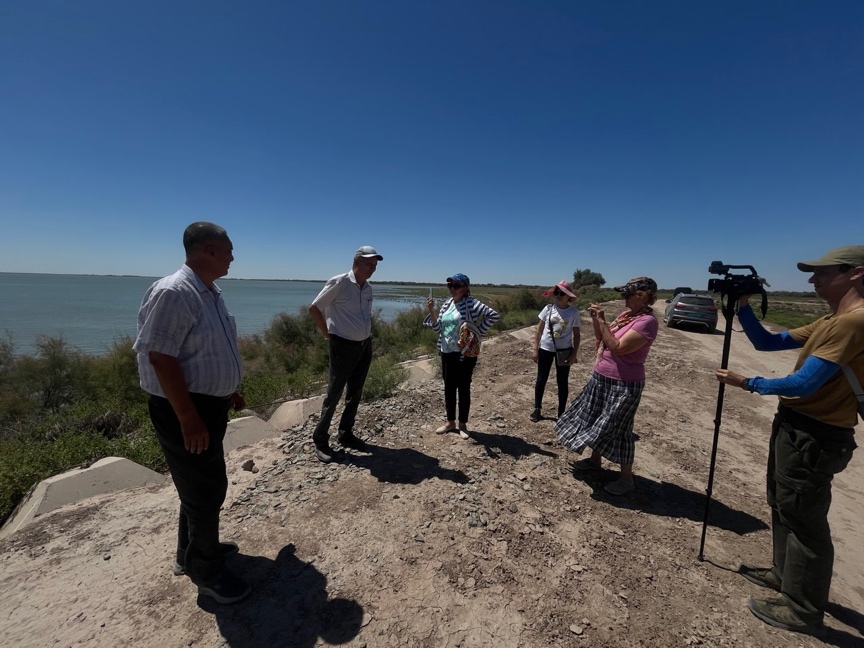
Director of the Nukus branch of IFAS, A.M. Mambetkarimov, and Head of the Delta Administration discuss the second phase of construction of the Mezhdurechye Reservoir.
Field observations confirmed the urgent need to enhance coordination between water management and environmental agencies. Reliable water supply for ecosystems is only possible through systemic planning and maintenance of infrastructure. Ongoing declines in water availability, compounded by climate change, threaten the fragile ecosystems of the Amu Darya basin—natural filters for air and water and critical habitats for endangered species.
What’s next?
Based on the results of the expedition, a detailed analytical report with recommendations for national and international partners is under preparation. Among the key proposals are:
- Consideration of the needs of protected natural territories in annual water quotas;
- Establishment of mechanisms for financing operational costs of ecosystem irrigation;
- Improved coordination between water managers and environmentalists in water planning;
- Strengthening the role of ecological reserves in regional water policy, as well as exploring opportunities of partnership with the private sector.
Photos and videos taken along the route will be used to produce a film to raise awareness about the current status and future of the Amu Darya ecosystems.
The expedition was led by Director of SIC ICWC, Dr. Dinara Ziganshina. The team included experts in biodiversity (T.Sh. Khalikov), water (A.G. Galustyan, Z.R. Yarullina, M.N. Rakhimova), and the media (N.V. Shulepina and O.V. Veryakin).
The expedition was organized with the support of the Ministry of Ecology, Environmental Protection, and Climate Change of the Republic of Uzbekistan and its territorial divisions.